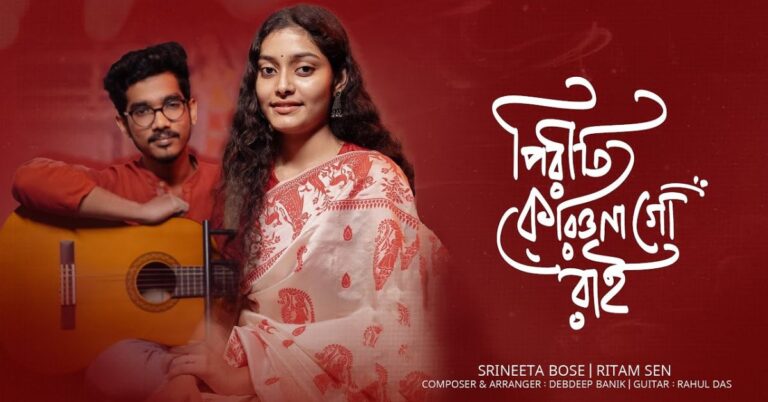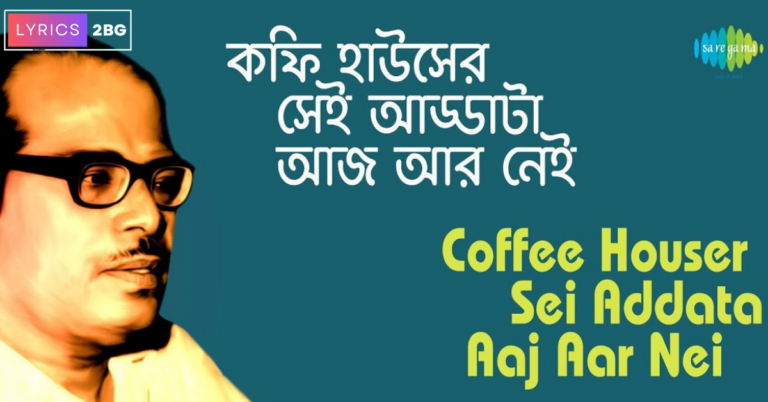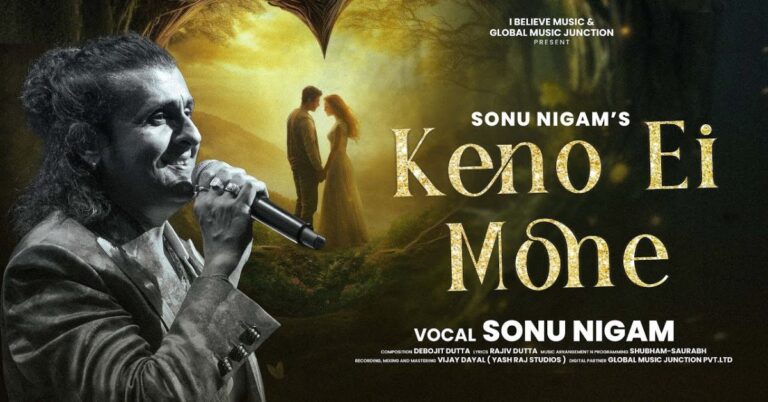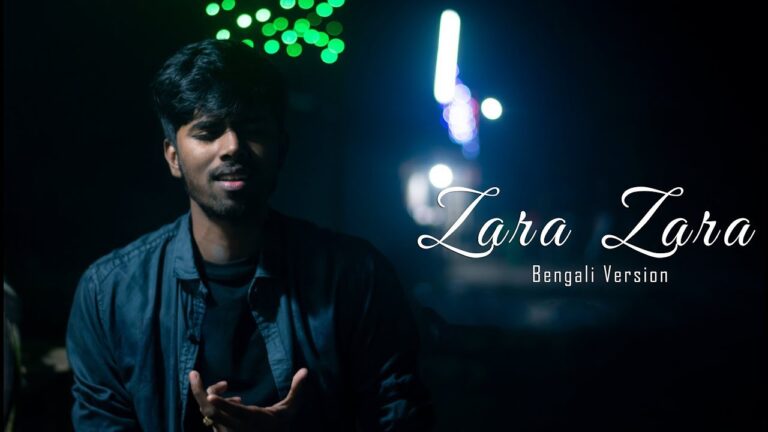Vande Mataram Lyrics | বন্দেমাতরম | Lata Mangeshkar | Independence Day Song
Vande Mataram Lyrics
বন্দে মাতরম্
বন্দে মাতরম্
বন্দে মাতরম্
বন্দে মাতরম্
সুজলাং সুফলাং
মলয়জশীতলাম্
শস্যশ্যামলাং
মাতরম্ (x2)
বন্দে মাতরম্
বন্দে মাতরম্
বন্দে মাতরম্
বন্দে মাতরম্
শুভ্র-জ্যোত্স্না-পুলকিত-যামিনীম্
ফুল্লকুসুমিত-দ্রুমদলশোভিনীম্
সুহাসিনীং সুমধুরভাষিণীম্
সুখদাং বরদাং মাতরম্ ৷৷
বন্দে মাতরম্
বন্দে মাতরম্
বন্দে মাতরম্
বন্দে মাতরম্
সপ্তকোটীকন্ঠ-কল-কল-নিনাদকরালে
দ্বিসপ্তকোটীভুজৈধৃতখরকরবালে
অবলা কেন মা এত বলে
বহুবলধারিণীং
নমামি তরিণীং
রিপুদলবারিণীং
মাতরম্
ত্বং হি দুর্গা দশপ্রহরণধারিণী
কমলা কমল-দলবিহারিণী
বাণী বিদ্যাদায়িণী
নমামি ত্বাং
নমামি কমলাম্
অমলাং অতুলাম্
সুজলাং সুফলাং
মাতরম্
বন্দে মাতরম্
শ্যামলাং সরলাং
সুস্মিতাং ভূষিতাম্
ধরণীং ভরণীম্
মাতরম্
বন্দে মাতরম্
বন্দে মাতরম্
বন্দে মাতরম্
বন্দে মাতরম্
Meaning of Vande Mataram Lyrics
Vande Mataram lyrics pays homage to India, who is personified in the song as “Bharat Mata,” or “Mother India.” It honors India’s diversity, beauty, history, and culture as well as the country’s valiant people. The words convey a strong sense of dedication to, affection for, and a wish for the development and well-being of the motherland.
Vande Mataram lyrics is a representation of Indian nationalism and patriotism. It is sometimes referred to be the national hymn of India and has been performed and played on a variety of occasions, such as Independence Day and Republic Day.
About the Author of the Song
Indian national anthem “Vande Mataram” means “I bow to thee, Mother” in its original language. Originally published in 1876, it was later added to Bankim Chandra Chattopadhyay’s book “Anandamath.” In India, the song rose to fame as the country fought to end British control.

The nationalist and patriotic Vande Mataram lyrics has long served as a potent representation of India. It has been performed and sung on numerous occasions, such as Independence Day and Republic Day, and is frequently referred to be the national song of India. Discussions and conflicts about the song’s use and interpretation have arisen as a result of its popularity and significance, particularly in relation to its religious overtones.
Musical Components
It is customary to perform “Vande Mataram” in a stirring, patriotic manner, and it has a distinctive musical structure. These are some of the song’s musical components: A sense of pride and solidarity in our country can be felt in the song’s rhythm, which has a steady, marching beat.

Melody: The song has a straightforward melody that is simple to sing along to, making it suitable for listeners from different backgrounds. A series of rising and falling notes are its defining feature, which heightens the song’s emotional impact.
Harmony: The song’s simple, uncomplicated harmonies put the emphasis on the melody and words rather than the harmonies themselves.
Instruments: In addition to Western instruments like the guitar and drums, the song is frequently performed on traditional Indian instruments like the tabla, dhol, and harmonium.
The repeated words “Vande Mataram” serve as a unifying force that draws people together in their passion for India, making the chorus of the song one of its most memorable features.
The musical components of Vande Mataram lyrics as a whole work together to produce a strong and emotive anthem that evokes a sense of pride and devotion to India. The song pays homage to India, who is personified in the song as “Bharat Mata,” or “Mother India.” It honors India’s diversity, beauty, history, and culture as well as the country’s valiant people. The words convey a strong sense of dedication to, affection for, and a wish for the development and well-being of the motherland.
A prominent representation of Indian nationalism and patriotism has been “Vande Mataram.” It is sometimes referred to be the national hymn of India and has been performed and played on a variety of occasions, such as Independence Day and Republic Day.







